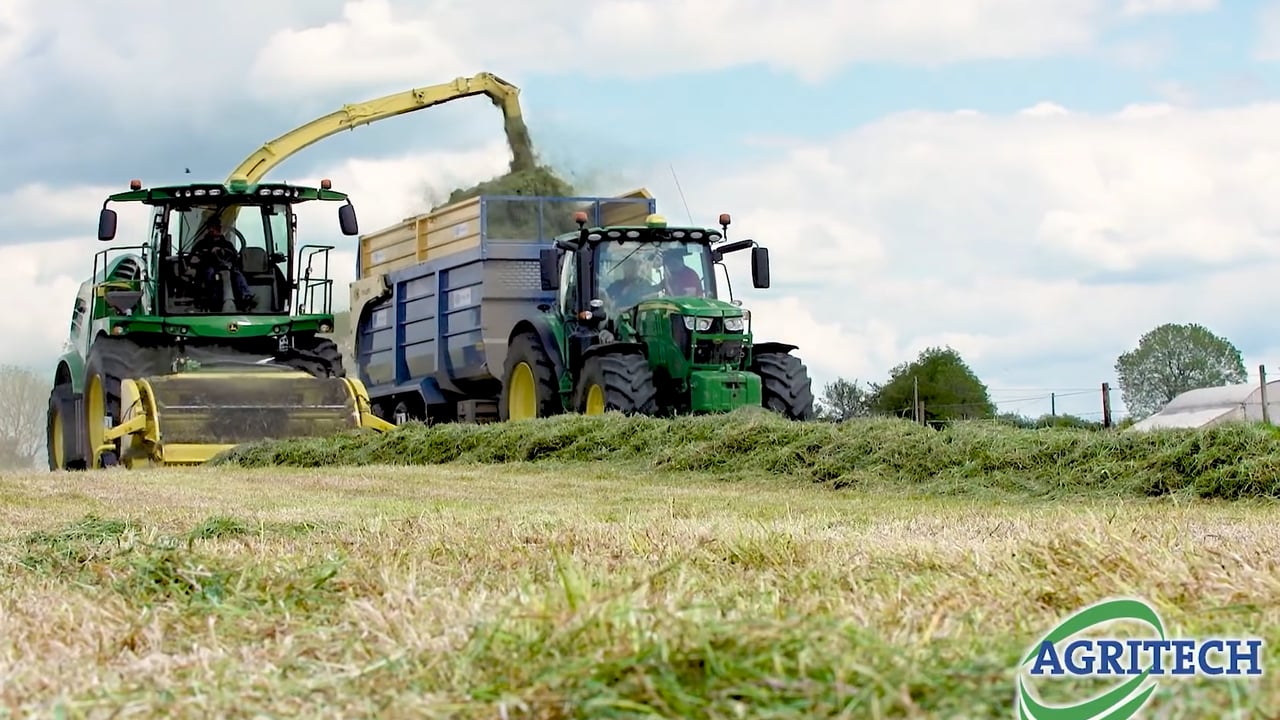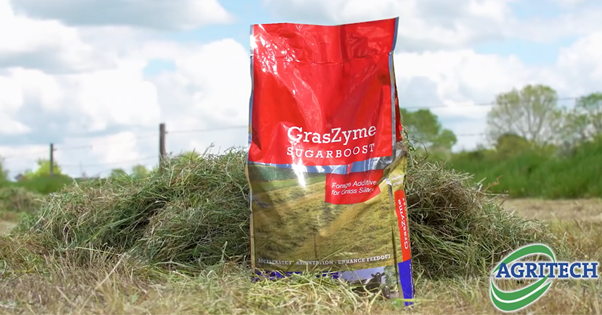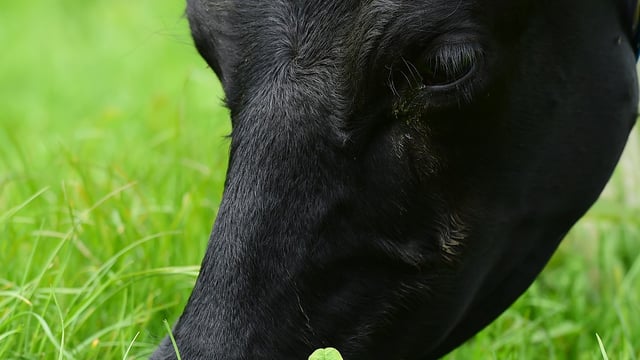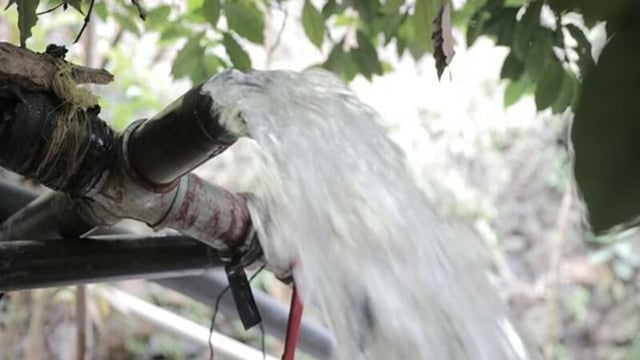Sponsored Article

Sponsored Article
Reap the financial rewards from making better quality silage
Sponsored Article

Can farmers really afford to make poor quality silage in 2022? The straight answer is no, according to Agritech’s head of ruminant nutrition, Maeve Regan.
“In the current climate of rising farm input costs, our focus must be turned towards increasing efficiencies inside the farmgate – which includes improving the quality of our core homegrown forage, grass silage," said Maeve.
“Grass silage makes up approximately one quarter of the annual feed budget on the average dairy farm and is even greater in beef scenarios.
As an example, by making a few small changes to silage protocols this year and reducing concentrate supplementation requirements by 2kg/head/day over a 120-day winter in 100 animals, a reduced winter meal bill of over €10,000 can be achieved.
To help you get the most from the upcoming silage season, Maeve outlined her three key concepts for best-practice silage making:
At one point, every farm will have 80% DMD (dry matter digestibility) grass available to them in the field, however the decision is often made too late regarding the cutting date, resulting in silage of inadequate quality.
Cutting grass younger improves digestibility and protein content, resulting in a reduced requirement for high-cost supplementation.
Once seed heads appear, DMD will be around 70% at most, and will drop by 1% DMD every 2-3 days thereafter. To improve average quality, cut from mid-May as soon as a weather opportunity presents itself.
Practically, if we can bring harvest date forward from June 2 to May 20, we will increase DMD by 5%.
Optimum mowing time is late afternoon/evening when sugars are highest (following several hours of sunshine).
Once cut, grass should be tethered out immediately and allowed, in ideal conditions, no more than 24 hours in the field to achieve an effective wilt. Aim for a dry matter content of approximately 25%.
Over the last number of years, there has been an over-reliance on long periods of wilting, and in many cases over-wilting, leading to very dry silage and unstable pit-faces once feed-out begins.
Dry silage, or over-wilted silage, is prone to poor preservation, secondary fermentation, heating, energy losses and ultimately, inadequate animal performance.
With mooted prices of over €50/t fresh weight for this season being placed on silage crops (typical 10t crop/ac), achieving a good level of fermentation and retaining as much nutrition from field to pit is more critical than ever.
The use of an additive has long been proven to improve fermentation, leading to less silage waste and a greater retention of nutrients in the pit.
Agritech’s GrasZyme Sugarboost is proven to increase animal performance by the means of:
Factoring in the current average milk price relative to the spend on treating a typicalldairy cow's silage intake over the housed period, a return on investment of over 8.5:1 can be achieved here.
Due to the increased intakes of treated grass silage and more retention of nutrients from field to pit, meal/ration requirements from treated silage are typically reduced by 1kg/head/day.
Valued at what could be €0.40c/kg over the winter period, the return of investment from this benefit alone would be 7:1.
Research has proven that where GrasZyme Sugarboost is used to treat silage, fermentation losses are reduced by 6.1%. This would result in 61t of additional silage in a 1,000t clamp.
With expected silage costs this year, a 2:1 return of investment will be achieved by using an additive in regard to retaining more viable feed in the pit.
For more information on best-practice silage making and for a tailored plan on improving forage quality on your farm, contact your local Agritech sales advisor by clicking here.
Sponsored Article







